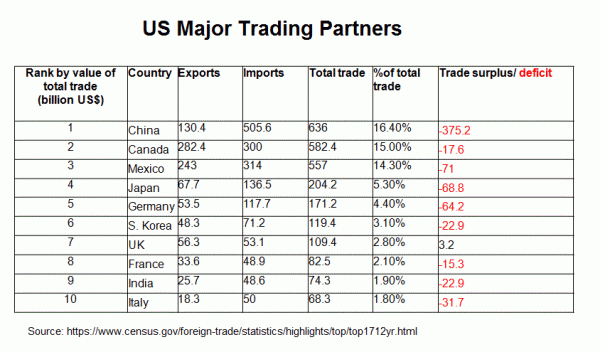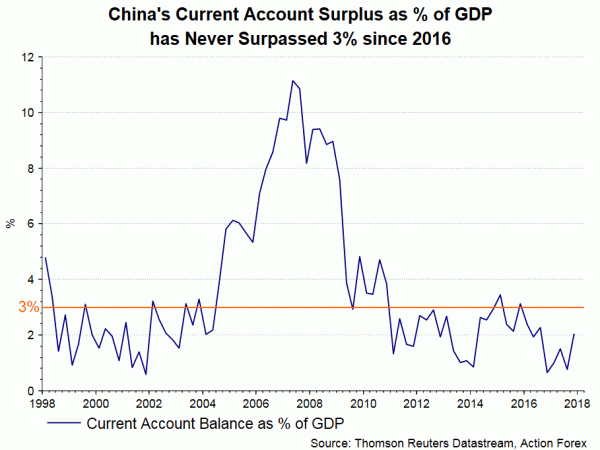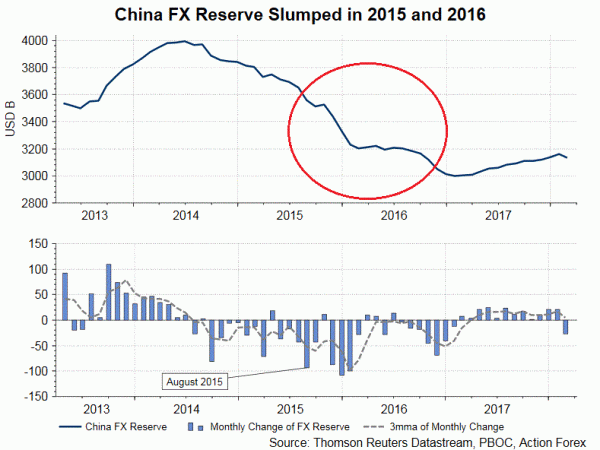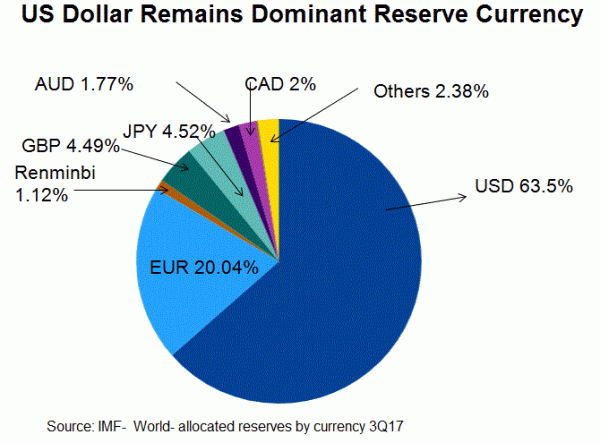US-China trade friction aggravated as China on April 4 announced the second round of retaliation, immediately after US revelation of a list of about US$ 50B worth of made-in-China products that are subject to 25% tariffs. The first round of the retaliatory tariff, involving US$ 3B worth of US exports to China (including pork, fruits, and wine), took into effect earlier this week. Now, products involved in China’s latest round, including soybean, aircraft, and autos, appear more important to US exports. Statistics show that soybean, autos and aircrafts account for about 11%, 8% and 7%, respectively, of US exports to China in 2017. As we mentioned in the previous report, China regards tariff on US soy exports as a “super bomb” as about 60% of US exports of which goes to China. However, China also puts its own industries at risk US soybeans take up about one-third of Chinese soybean imports. The tariff would inevitably raise the cost of some Chinese producers. For instance, prices of pork, for which soybean is a key input, would likely increase. Therefore, this is an internecine scenario. We notice that the Chinese government has not specified the effective day of the tariffs due to the potentially adversary impacts on its domestic producers. As far as the recent developments are concerned, we continue to view the threats from both sides as bargaining chips for upcoming trade negotiations.
Announcement of soybean tariff came earlier than we, as well as the majority of market participants, had anticipated. What else can China do after this weapon has already been used? Some suggest that China can shift from tariff to financial markets, e,g.: to deliberately depreciate renminibi and reduce purchase of US government bonds.
Renminbi Depreciation
For decades, the US has been dissatisfied with depreciation of renminbi. Indeed, Donald Trump in his election campaign vowed to label China a currency manipulator after he has got elected. However, the President has not failed from doing so since he has taken office.
The US Treasury Department decades ago lain down three criteria for a country to be classified as a currency manipulator: 1) it has a significant bilateral trade surplus with the US (over US$ 20B), 2. It has a current account surplus of more than 3% of GDP, and 3. It buys foreign assets of 2% of output to weaken currency. With China registering a record trade surplus of US$ 375B with the US last year, the first criterion is met. Managed appreciation in renminbi has shrunk china’s current account surplus to consistently below 3% of GDP since 2016. Meanwhile, the one-off devaluation of renminbi in 2015 has triggered capital outflow from China. The authority needed to aggressively sell foreign reserve and implement various capital control measures in support of renminbi’s valuation. These actions have only eased over the past two years as renminbi stabilized. These suggest that both the second and third criteria are not met and the US is unwarranted to label China a currency manipulator under the current environment. Nonetheless, the US remains wary of relative weakness of renminbi, deeming it a key reason for cheap Chinese exports and thus US massive trade deficit. As such, threatening to devalue renminbi might be another bargaining chip for China.


We think that this move might hurt China as much as, if not more than, it hurts the US. Since the abrupt announcement of a one-off, 2% renminbi devaluation in August 2015, domestic and international market has lost confidence over the currency and the government’s policy stance. The consequential severe selloff renminbi caused the PBOC to aggressively sell foreign reserve in support of renminbi. The chart below shows that the country’s FX reserve contracted an aggregate of US$830B in 2015 and 2016, coincidental to the 12% depreciation of renminbi, Meanwhile, the government also implemented a number of capital control measures. For instance, some banks forbid customers from buying foreign currency for property, securities and life insurance, banks are requested to report any overseas transfers by individuals of US$10 000 or more, banks are required to buy back renminbi worth of CNY 100 if they allow customer to remit CNY 100 overseas. Only since last year has renminbi shown stabilization and we expect the government to be vigilant against the movement of its currency and avoid triggering a fresh round of capital outflow.

Reduction in US Bonds Purchase
As the biggest foreign holders of US Treasury, China has for a number of times revealed the intention to reduce US bond buying. However, we believe this is impractical. Criticism about the credibility of the US dollar has persisted since the breakdown of the Bretton Woods system in 1970s, only to intensify as former Fed Chair Ben Bernanke began QE, virtually printing money, to support US economy after the global financial crisis. Nonetheless, US dollar’s status as the world’s dominant reserve currency has remained unchallenged, although its composition in global FX reserve has decreased to 63% last year from over 70% in the beginning of this century. China, no different from other countries, is obliged to accumulate US dollar, with the most convenient channel being purchases of US Treasuries, for various kinds of financial transactions. China’s unilateral boycott of US Treasury would not be effective in countering the US.

As tensions between the world’s two biggest trading partners continue to evolve, the Office of the United States Trade Representative has scheduled a public hearing on the tariff issues on May 15 as US companies might raise their post-hearing rebuttal comments in the week after. Meanwhile, China’s Xi Jinping will deliver a speech at the opening ceremony of the annual Boao Forum hosted in Hainan on April 10. Xi would likely take this opportunity to complain about US trade protectionism as well as to reveal more measures to open its domestic markets to other trading partners.













